Max Richter’s and Yulia Mahr’s Sounds and Visions at the Barbican
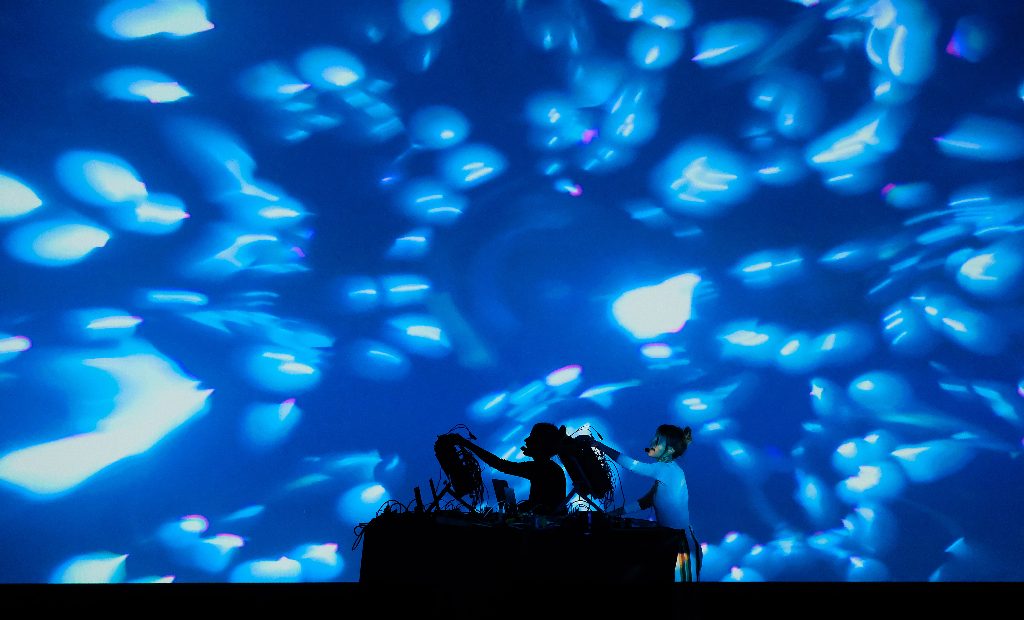
Music and images, tunes and pictures, sounds and visions go hand in hand in the wonderful weekend festival curated by Max Richter and Yulia Mahr at the Barbican. The programme is an extensive fantasia of pieces crossing borders in terms of time, space and arts. “We’re interested in the interdisciplinary” – explains Mahr – “in that fertile ground where unexpected juxtapositions can spark something fantastic and unexpected.”
As the title suggests, the festival is a creative journey into the storytelling possibilities conveyed through different forms and media: music, as the protagonist, through an ample series of concerts, but also moving images, with a film selection offering experimental works.
The weekend begins on Friday with thought-provoking unions of sounds and vision for Session One. Electronic musician Jlin opens the night with a new work for dancers, following in Richter’s footsteps. The piece is an immersive experience: a complex fusion of music, movement and visuals. Random in the first part, the colourful beams that rotate across the auditorium gradually assume an organised structure in the second sequence. At this point, solo dancer Lilian Steinter’s (in a fluorescent costume) movements become smoother. The music, presented through recorded voicemail messages from a female voice, is predominated now by percussion. The videos of unformed material gradually disappear. The third movement reclaims part of the initial asymmetry, but with the addition of some piano chords. To add to the multidimensional consistency of the creation, artificial fog invades the stage.
The second piece of the night is one of the best examples of contemporary sensory synthesis. Kaitlyn Aurelia Smith presents an innovative work drawing from her 2017 release The Kid, with FX vocals and Buchla Music Easel modular synthesizer to generate a very complex sequence of synth-heavy sounds. Multiple movements explore broad soundscapes, inextricably combined with videos showing the most varied array of colours and textures. From solid blocks, to popping blobs, from metamorphosing liquids to ethereal lights, the images constitute an inseparable part of the artwork witnessed. Music and video engage and uniquely inform each other, disclosing the wonderful possibilities offered by the electronic genre.
Sounds and Visions aims also to open a dialogue, with artists pushing the limits of traditions and inspiring a culture of resistance in view of difficult challenges and trials. Skipping back in the timeline of history, Saturday’s sessions delve into the rich pieces that most influenced Max Richter in his musical formations. For this second day of the festival, the videos disappear, but the aesthetically rich music provokes visionary sensations.
The Colin Currie Group performs Tehillim by Steve Reich. Written in 1981, the work is the first to reflect the composer’s Jewish heritage, taking its moves from the Psalms. Contrary to any expectations, this is not a uniform and high-sounding liturgical piece, rather a pulsing and vibrant rendition. Six women’s voices and six percussion instruments – including small tuned tambourines, clapping, and maracas – develop in four parts, now with a stronger pace, now taking the moves from Baroque refined music.
What comes next is an unbelievably powerful narrative in sounds by Luciano Berio. Sinfonia is a terrific composition that feels as brilliantly innovative as when it was first performed for the 125th anniversary of the New York Philharmonic in 1968. The grand work of the Italian composer, rightly a powerful source of inspiration for all the post-classical music to come, is divided into five movements. Of particular relevance is the second one, titled O King, dedicated to Martin Luther King. The work is a complex crossing of orchestra and vocals, the latter not inserted in their classical form, as singing, rather as instruments. Using whispers, shouting and recitals, they create a subtext of apparently chaotic words that converge into the choral performance with the orchestra. It is very difficult to count all the quotations featured, textual and musical, from Brahms to Strauss, from Debussy to Mahler. The score is an intense compound of melodies and distorted patterns remarkably blended together.
Cristiana Ferrauti
Photos: Mark Allan / Barbican
Sounds and Visions is at the Barbican from 11th until 14th May 2018. For further information about the programme visit the Barbican’s website here.

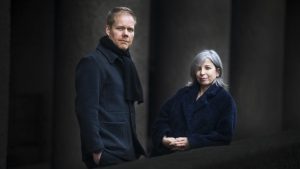
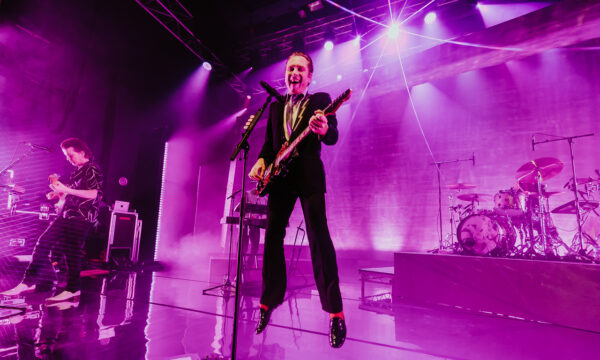
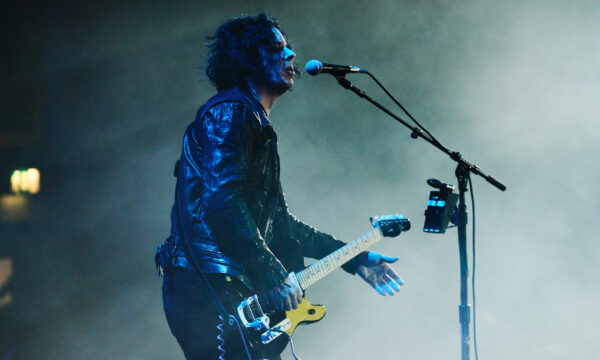
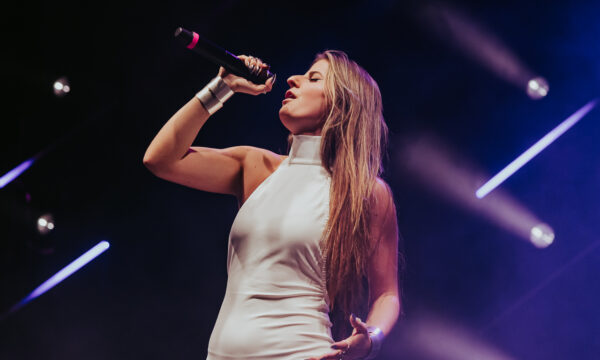
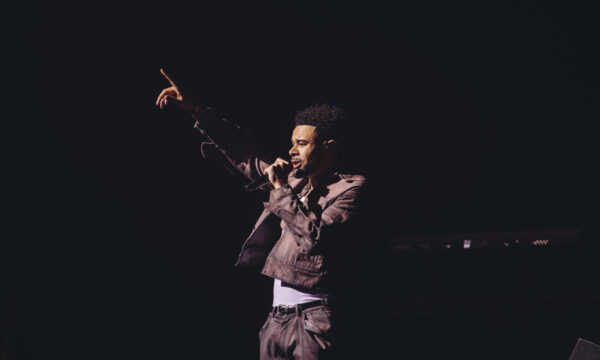
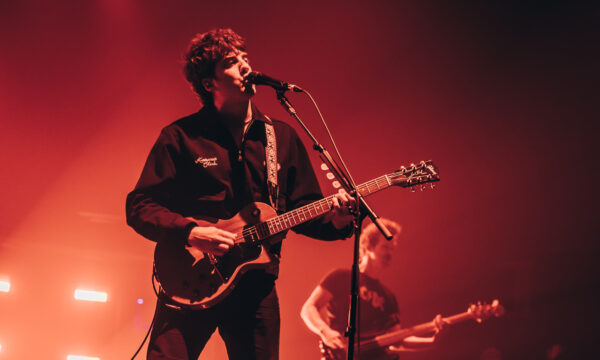
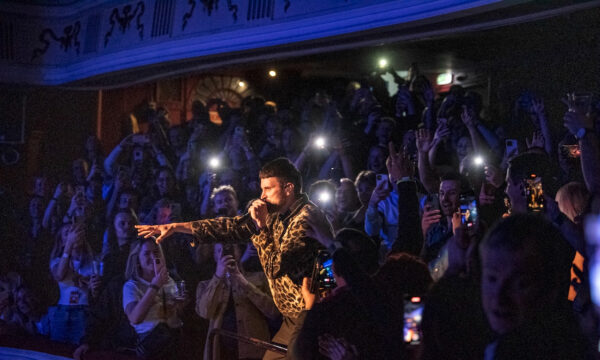
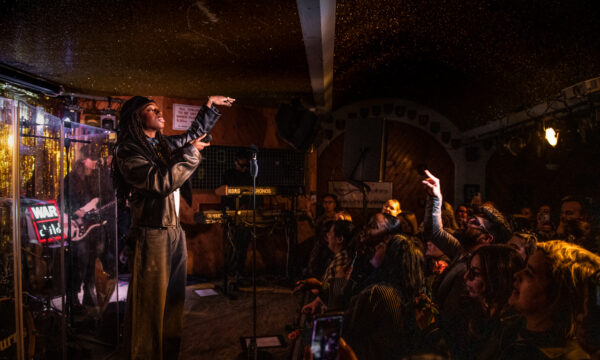
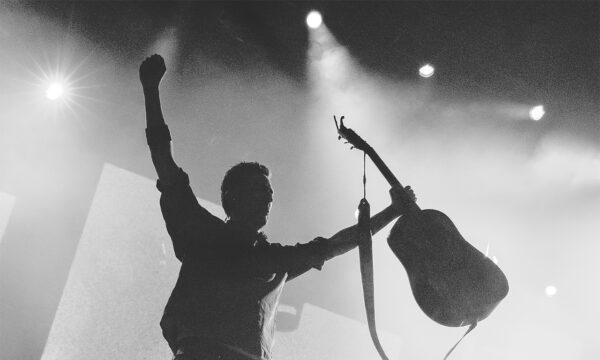
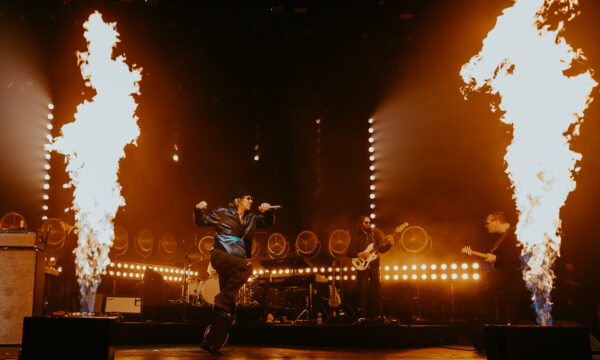
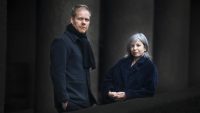










Facebook
Twitter
Instagram
YouTube
RSS